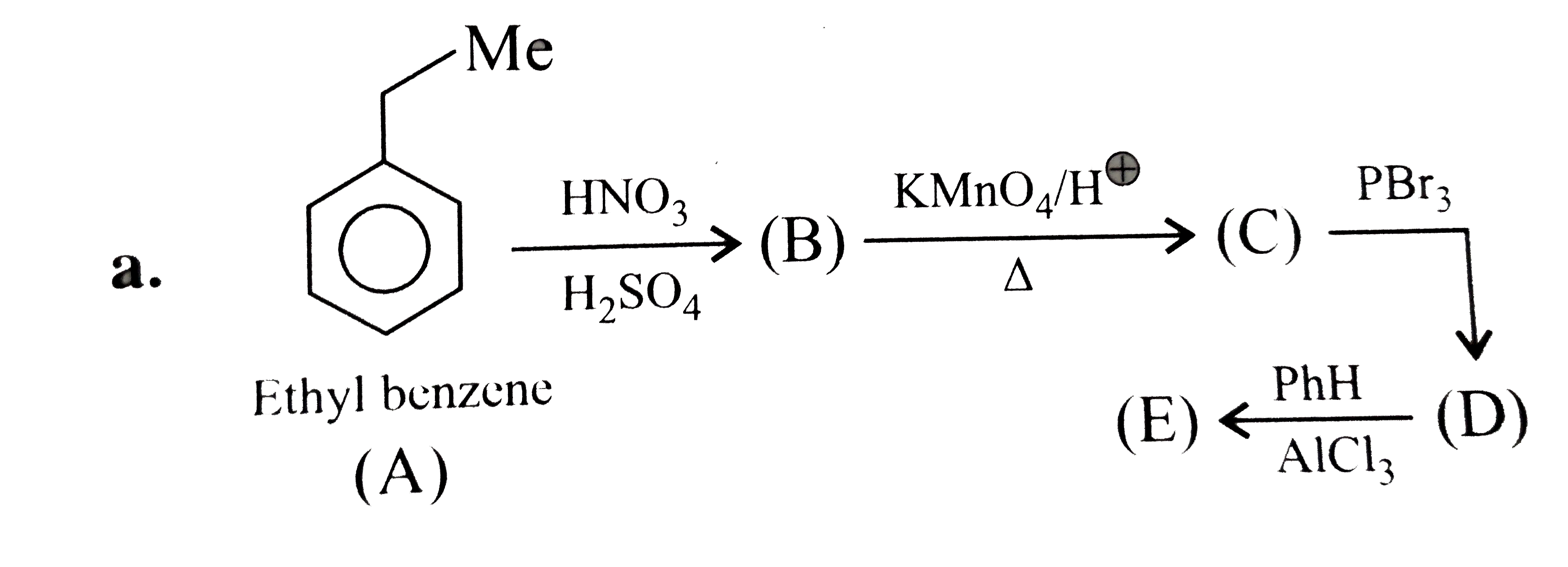Complete the following:
1kWh=………J
To solve the problem of converting kilowatt-hours (kWh) to joules (J), we can follow these steps:
1. Understand the Definition of Kilowatt:
- 1 kilowatt (kW) is equal to 1000 watts (W). This means that a device consuming 1 kW of power is consuming 1000 joules of energy every second.
2. Convert Kilowatt to Joules per Second:
- Since 1 watt is defined as 1 joule per second, we can express 1 kW as:
1 kW=1000 W=1000 J/s
3. Convert Time from Hours to Seconds:
- We need to convert 1 hour into seconds. There are 60 minutes in an hour and 60 seconds in a minute:
1 hour=60 minutes×60 seconds/minute=3600 seconds
4. Calculate Energy in Joules:
- Now, we can calculate the energy consumed in joules when a 1 kW appliance runs for 1 hour:
Energy (in joules)=Power (in joules/second)×Time (in seconds)
Energy=1000 J/s×3600 s=3600000 J
5. Express the Result in Scientific Notation:
- The energy can also be expressed in scientific notation:
3600000 J=3.6×106 J
Final Answer:
1 kWh=3.6×106 J
---
- 1 kilowatt (kW) is equal to 1000 watts (W). This means that a device consuming 1 kW of power is consuming 1000 joules of energy every second.
- Since 1 watt is defined as 1 joule per second, we can express 1 kW as:
1 kW=1000 W=1000 J/s
- We need to convert 1 hour into seconds. There are 60 minutes in an hour and 60 seconds in a minute:
1 hour=60 minutes×60 seconds/minute=3600 seconds
- Now, we can calculate the energy consumed in joules when a 1 kW appliance runs for 1 hour:
Energy (in joules)=Power (in joules/second)×Time (in seconds)
Energy=1000 J/s×3600 s=3600000 J
- The energy can also be expressed in scientific notation:
3600000 J=3.6×106 J
1 kWh=3.6×106 J
Topper's Solved these Questions
- BOOK - ICSECHAPTER - CURRENT ELECTRICITYEXERCISE - EXERCISE-8(C) MULTIPLE CHOICE TYPE)2videos
CURRENT ELECTRICITY
- BOOK - ICSECHAPTER - CURRENT ELECTRICITYEXERCISE - EXERCISE-8(C) NUMERICALS35videos
CURRENT ELECTRICITY
- BOOK - ICSECHAPTER - CURRENT ELECTRICITYEXERCISE - EXERCISE-8(B) (NUMERICALS )54videos
CURRENT ELECTRICITY
- BOOK - ICSECHAPTER - CALORIMETRYEXERCISE - EXERCISE-11(B) (NUMERICALS)15videos
CALORIMETRY
- BOOK - ICSECHAPTER - ELECTRO-MAGNETISM EXERCISE - EXERCISE-10 (C) NUMERICALS1videos
ELECTRO-MAGNETISM
Similar Questions
Complete the following:
1kWh= 1 volt×1 ampere×…..1000View SolutionComplete the following sentences :
(a) 1J= …………ealorie .
(b) 1 kWh ………….JView SolutionComplete the following equations :
K+H2O→View Solution1. Complete the following reactions:
a. View Solution
View SolutionEvaluate the following: [ˆi ˆj ˆk]+[ˆj ˆk ˆi]+[ˆk ˆi ˆj] .
View SolutionComplete and balance the following equation : K+O2→
View SolutionCompute the magnitude of the following vectors:→a=ˆi+ˆj+ˆk ; →b=2ˆi−7ˆj−3ˆk ; →c=1√3ˆi+1√3ˆj−1√3ˆk
View SolutionDetermine whether the following pair of lines intersect or not. (1) →r=ˆi−5ˆj+λ(2ˆi+ˆk);→r=2ˆi−ˆj+μ(ˆi+ˆj−ˆk) (2) →r=ˆi+ˆj−ˆk+λ(3ˆi−ˆj);→r=4ˆi−ˆk+μ(2ˆi+3ˆk)
View SolutionFrom the following values of ΔHandΔS, decide whether or not these reaction are feasible at 298 K.
Reaction A : ΔH=−10.5×103Jmol−1,ΔS=+31JK−1mol−1
Reaction B : ΔH=−11.7×103Jmol−1,ΔS=−105JK−1mol−1View SolutionFind the angle between the following pairs of lines: →r=λ(ˆi+ˆj+2ˆk) and →r=2ˆj+μ[(√3−1)ˆi−(√3+1)ˆj+4ˆk].
View Solution

